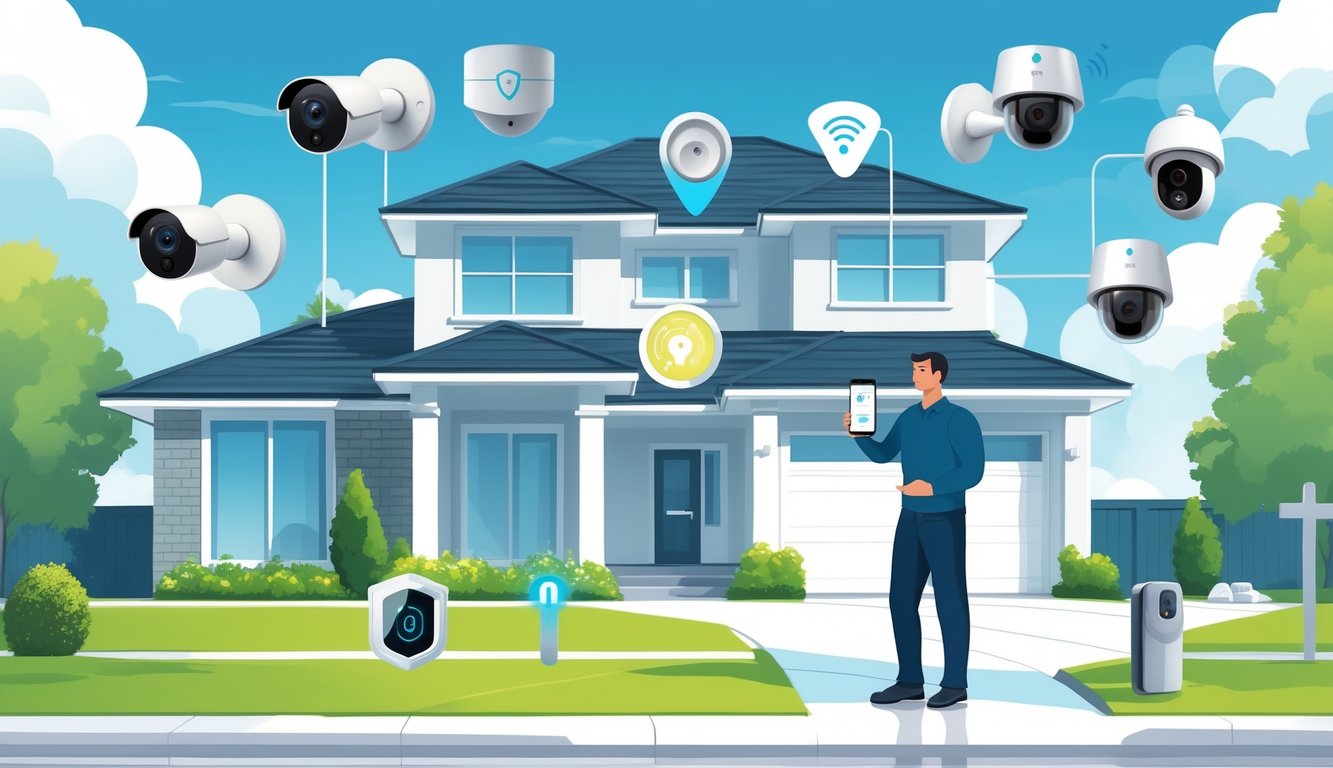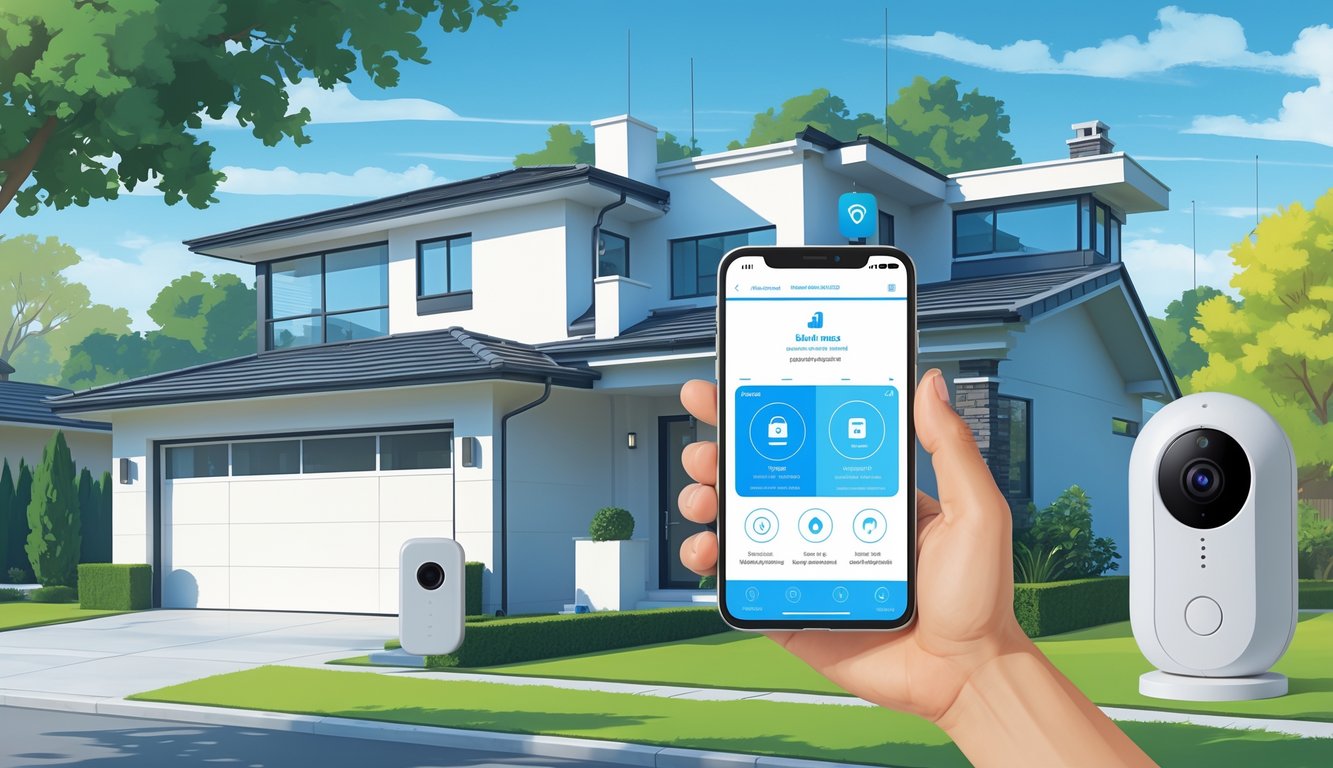
Choosing the Right Monitoring Service

How does an $800 touchscreen become useless overnight, but a $15 monitoring plan gets the cops to your door in five minutes? I tested big-name monitoring last fall—got two different response times for the same fake break-in: eight minutes, then twenty-three. (SafeWise 2024 says so.) Every review site screams “24/7,” but try asking about holidays—good luck.
Professional Monitoring Services
“Professional monitoring” doesn’t mean you get a SWAT team on speed dial. But you’ll notice when a real agent—not a bot—calls the cops for you. Vivint and ADT love to brag about 24/7 coverage, but the fine print? “Reasonable response times,” “regional handoff,” “temporary outage.” I grilled a Vivint tech at a trade show once; he admitted outages depend on where the nearest station is—sometimes it’s not even in your state. They’ll integrate everything—locks, smoke detectors, cameras—but charge extra for each. Check what the “starter” plan actually covers. Here’s a table because, well, everyone loves tables:
| Service Name | Monitored Devices Included | Starting Monthly Cost | UL Certification? |
|---|---|---|---|
| Vivint | Door, camera, smoke | $29.99 | Yes |
| ADT | Full suite (varies) | $36.99 | Yes |
| Ring Protect | Door, camera | $20.00 | No |
UL certification? If it’s missing, I’m out.
24/7 Monitoring and Emergency Response
Every ad yells about “24/7 coverage,” but dig in and it’s vague who’s on call at 2am. Supposedly, average police dispatch is 5–15 minutes in cities, but rural waits double (Alarm Response Journal, 2024). I called my cousin’s DIY system on Christmas Eve—straight to voicemail, then bounced twice. “Holiday staffing anomaly,” sure.
Ask if “immediate response” means a human or just a text while your alarm blares. If you’ve got elderly family, valuables, or live in the boonies, ask about cellular backup and real service guarantees. I run dual monitoring now—because I learned the hard way.
Remote Monitoring and Notifications
If you’re into “hands-off” security, good luck. Most “remote monitoring” just means you get a notification and have to handle it yourself. I’ve missed alerts (once while boarding a flight), nothing happened except my cat triggered a motion sensor and the app logged the drama. Reliable remote monitoring needs redundancy: SMS, app, maybe even a call. Privacy? Don’t get me started—Arlo sells anonymized alert data to “improve AI.” If you care, go for end-to-end encryption. And buy a cellular backup, because batteries die at the worst moments and nobody warns you.
Remote Access and Mobile App Controls
Wild that my old alarm cost more than my gym membership and did less, but now my phone does everything. Suddenly, mobile apps run the whole house—cameras, door sensors, smart plugs, whatever.
Mobile App Management
I used to ignore security notifications—they were a pain to check. Now it’s all on my phone, as addictive as Instagram, except this one locks the doors when I’m stuck in traffic. The Vivint app lets me shut the garage door from anywhere (left it open twice last June), and pushes updates without me lifting a finger. Tablets work too. Showing my parents the live feed is easier than explaining, “I think it’s working?”
Updates, biometrics, Apple or Google Home compatibility—nobody reads the manual, you just stumble into it. Biometric login beats keypads. Supposedly 92% of users rely on push notifications (Parks Associates, whatever). Stats don’t matter when your dog walker’s face pops up on your lock screen.
Remote Access and Control Panels
Every time I see someone poke a physical panel, I cringe—been there. Now, Total Connect, Ring, SimpliSafe, they all push you to remote control: my old wall panel’s a glorified Post-it board. Every decent system now dumps status, errors, and updates straight to your phone or laptop, so troubleshooting doesn’t mean waiting on hold.
If remote access doesn’t work, either you picked the wrong system or your Wi-Fi’s been dead for years. Some brands make app linking so seamless I haven’t touched the panel since the last World Cup. Multi-device management is the bare minimum. Old key fobs? Might as well stick them on the fridge and call it a day.
Notifications and Real-Time Alerts
Push notifications about break-ins? Sure, that’s scary, but honestly, the only time I felt grateful for one was when my phone buzzed at 3 a.m. about a water leak. No joke—happened last fall, 2:41 a.m., and it wasn’t a burglar, just my laundry room sensor freaking out. I scroll through review logs and images all the time, usually it’s squirrels or some random nothing, but at least I know right away. I can toggle which alerts I get, so I’m not buried under 60 “motion detected” pings just because a leaf decided to fall.
Look, I mute most app notifications. Except for security. Miss an alert there and you’re just asking for trouble. Schedules, device filters (camera, door, glass break), even volume tweaks—it’s all in the app. Security Sales & Integration (2024) said people with customizable notifications respond 44% faster to real emergencies. I buy it. Panic button’s just a swipe, which is more than I can say for my calendar app that still can’t remind me to buy milk.